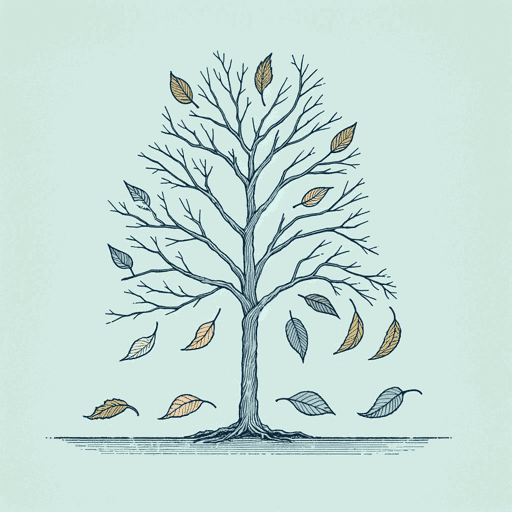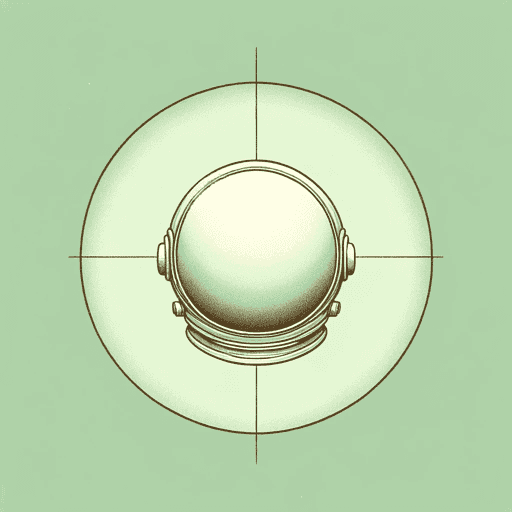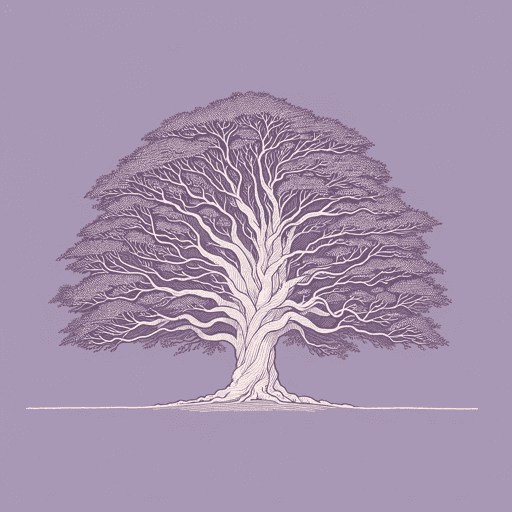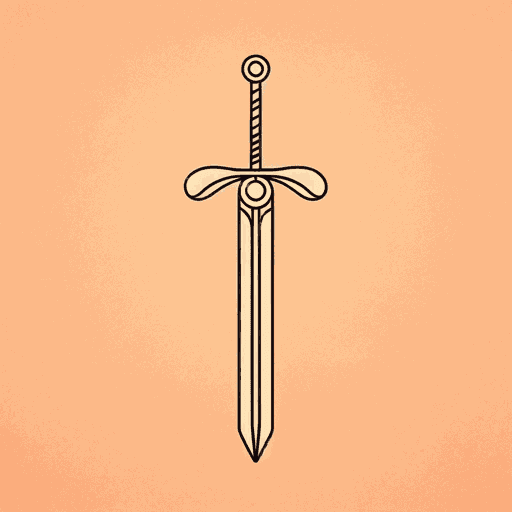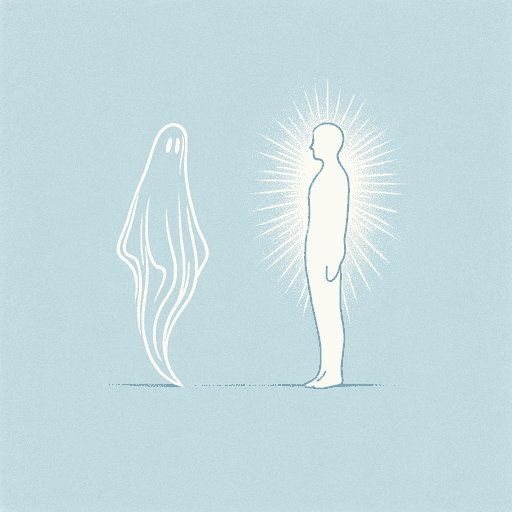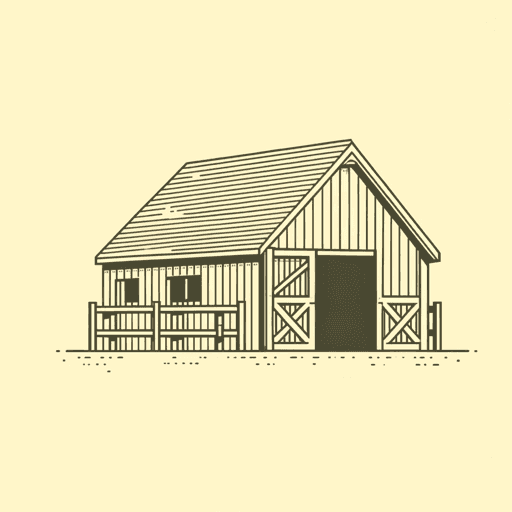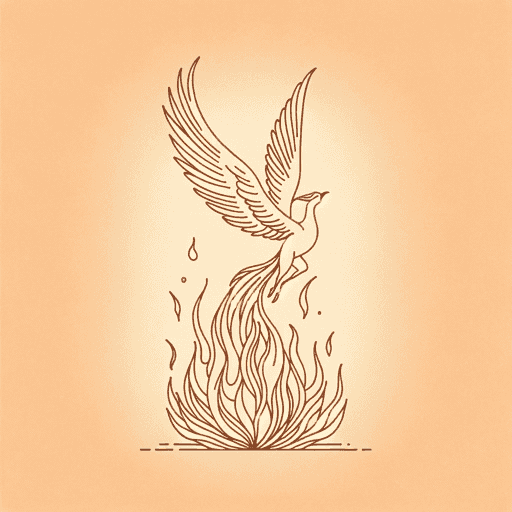71 pages • 2 hours read
The Lion, the Witch and the Wardrobe
A modern alternative to SparkNotes and CliffsNotes, SuperSummary offers high-quality Study Guides with detailed chapter summaries and analysis of major themes, characters, and more. For select classroom titles, we also provide Teaching Guides with discussion and quiz questions to prompt student engagement.
Summary and Study Guide
Overview
The Lion, the Witch and the Wardrobe is the best-known work of author and literary critic Clive Staples (C. S.) Lewis. Published in 1951, the novel presents complex moral conundrums through the genre of children’s fantasy. Lewis later noted that his inspiration for the novel came from a recollection of images that he found particularly striking, such as a picture of a faun holding an umbrella in a snow-covered wood. The Lion, the Witch and the Wardrobe is full of vivid images that recognize the child reader and are intended to delight the imagination. The work also reflects Lewis’s interest in fairy tales and his study of Greek and Latin literature while at Oxford University, which gave him a deep knowledge of mythological creatures, such as the fauns, satyrs, dyads, and naiads that inhabit Narnia.
Written against a backdrop of the postwar years, The Lion, the Witch and the Wardrobe emerged at a time of economic and social hardship. By 1947, food rations fell below wartime levels due to global food shortages, and Britain was undergoing a period of intense austerity. Furthermore, society entered a collective spiritual crisis, with faith in a loving God and the moral absolutism of good and evil challenged by wartime horrors. At first, Narnia appears like an escapist fantasy away from real-life problems, but on closer inspection, these issues permeate Lewis’s whimsical world too. When the children arrive in Narnia, it is suffering from an endless winter under the rule of a terrible tyrant. In Lewis’s world, the children must navigate numerous challenges, including self-sacrifice and redemption, the difficulties of growing up, and the importance of forgiveness.
Lewis himself had a complicated relationship with morality and belief. Born into the Church of Ireland, Lewis lost his Christian faith as an adolescent. Becoming an atheist seriously challenged Lewis’s understanding of the basis of right and wrong, though he returned to Christianity when he was 33 and went on to become a lay theologian—his wartime radio broadcasts about Christianity were very well received.
Despite the fact that there is no mention of God in The Lion, the Witch and the Wardrobe, there are clear parallels between Aslan and Jesus and the Emperor-beyond-the-Sea and God; biblical language is also littered throughout the novel. Lewis’s use of Christian allegory is moderated by the incorporation of images from classical mythology, as well as Arab and Jewish folklore. Therefore, the narrative becomes functions as a universal explication of good and evil rather than a strictly didactic Christian text.
Other works by this author include The Screwtape Letters, Prince Caspian, The Great Divorce, and Till We Have Faces.
This study guide refers to the 2009 HarperCollins edition of The Lion, the Witch and the Wardrobe.
Plot Summary
During World War II, four young siblings (Peter Pevensie, Susan Pevensie, Edmund Pevensie, and Lucy Pevensie) evacuate to the safety of the countryside to live with the Old Professor. While exploring the Professor’s peculiar house, Lucy finds a wardrobe. Climbing inside, Lucy magically wanders into a snowy forest, the entrance of which is marked by an old-fashioned lamppost, and meets a faun called Mr. Tumnus, who is shocked to see a human child. Lucy accompanies Mr. Tumnus home for tea, but afterward the faun begins to cry and confesses to Lucy that he is working for the White Witch, the wicked ruler of Narnia whose evil magic keeps the country locked in perpetual winter. Mr. Tumnus has been tasked with capturing any human he encounters, but Lucy pleads with him to let her go. Mr. Tumnus agrees, saying that he could never cause her any harm now that he knows her.
Lucy returns to the human world and relays her visit to Narnia to her siblings, but none of them believe her. Lucy takes her sister and brothers to the wardrobe only to find that it is now quite ordinary. Edmund taunts Lucy about having a silly imagination and is particularly cruel to her. One day when the children are playing hide and seek, Edmund sees Lucy disappearing into the wardrobe and decides to follow and tease her. Moments later, Edmund also finds himself in Narnia.
Edmund encounters the White Witch that Mr. Tumnus described to Lucy, except the Witch only tells Edmund that she is the Queen of Narnia. The Witch plies Edmund with enchanted Turkish delight, which makes anyone who tastes it willing to do anything to have another bite. The Witch takes advantage of Edmund’s gluttony, convincing him to bring his siblings to Narnia to meet her. The Witch promises to make Edmund a king and provide him with an endless supply of Turkish delight if he complies.
As Edmund walks back toward the wardrobe, he sees Lucy, who tells her brother all about the wicked Witch. In denial and overcome by greed for the Turkish delight, Edmund convinces himself that the stories Lucy tells him about the Witch have been concocted by her enemies. Lucy and Edmund return to their own world, but Edmund cruelly denies to Peter and Susan that he has been to Narnia, claiming that he and Lucy were only playing make-believe. Peter and Susan begin to think Lucy’s perception has broken from reality, and they go to talk to the Professor. Rather than agreeing with them, the Professor shocks the siblings by suggesting that Lucy is telling the truth.
Sometime later, the children hide in the wardrobe to avoid the housekeeper. This time, all four siblings stumble into Narnia. Edmund slips up and reveals he has been in Narnia before, infuriating the others. Peter designates Lucy as leader, and she shows them all to Mr. Tumnus’s home, only to find the Witch has arrested him. Lucy is devastated because she realizes that the faun is in trouble for helping her. Lucy begs the others to rescue Mr. Tumnus and they agree, although Edmund is not supportive.
The children encounter a robin that leads them to Mr. Beaver, a friend of Mr. Tumnus, who takes them to his home. There they meet Mrs. Beaver and have a delicious meal. Mr. Beaver says that the best thing that the children can do is accompany him to meet Aslan, a great lion and the rightful ruler of Narnia, who has been absent for many years. Mr. Beaver shares the Narnian prophecies that foretell that when Aslan returns to Narnia and four human children sit on the thrones of Cair Paravel, a castle on the coast, the White Witch’s rule will be over. The group plans to meet Aslan at the Stone Table the next day, but Edmund slips away, and Mr. Beaver realizes he has betrayed them.
Edmund finds the Witch’s castle and informs her of Aslan’s return and the Beavers’ plan. The Witch is furious and orders her sledge be prepared so she can intercept the children. In the meantime, the Beavers and Edmund’s other siblings hurry to the Stone Table. On the way, the children encounter Father Christmas, who has been able to enter Narnia for the first time in many years because the Witch’s power is weakening; he presents them with useful gifts that will aid them in the challenges to come. As the small party continues, the snow begins to thaw and signs of spring emerge.
The Witch races to find the children, turning a group of animals to stone on the way because they are celebrating the return of Father Christmas. Edmund begins to realize he has made a mistake by siding with the Witch, who treats him cruelly and refuses to give him any more of the Turkish delight. The Witch is furious when she realizes that the snow has melted to such an extent that her sledge is useless and she must walk.
Arriving at the Stone Table, Lucy, Susan and Peter are simultaneously frightened and awed by Aslan, whom Lucy begs to save Edmund. The lion promises he will do everything he can and shows Peter the castle of Cair Paravel, where he is to rule as High King. The sound of Susan’s horn, her gift from Father Christmas, interrupts Aslan and Peter, alerting them of danger. Aslan prevents the other animals from helping Susan, sending Peter alone so he can prove himself. Peter finds Maugrim, the Witch’s wolf and chief of secret police, attacking Susan. Peter intervenes and kills Maugrim with the sword that Father Christmas gave him. Aslan spots another wolf escaping and sends some of his supporters to follow it, knowing it will lead them back to the Witch.
To ensure that four humans cannot sit on the four thrones at Cair Paravel, the Witch decides she must kill Edmund. The Witch is preparing to murder Edmund as Aslan’s followers arrive and rescue the boy. To evade capture, the Witch transfigures herself and her dwarf servant into a boulder and a tree stump.
Back at the Stone Table, Edmund apologizes to his siblings, who all forgive him. The Witch sends a messenger to the camp asking to speak with Aslan, who agrees. When the Witch arrives, she demands Edmund’s life because the old, deep magic gives her the right to claim the life of any traitor in Narnia. Aslan talks with her alone and strikes a deal. When the two emerge from their discussion, the Witch looks delighted and Aslan seems upset. The lion commands his followers to leave the Table and make their camp elsewhere.
That night, Lucy and Susan struggle to sleep. The sisters go in search of Aslan and see him leaving the camp. The girls follow the lion at a distance, but he notices them, telling them that they can accompany him if they promise to stop when he instructs them. The group arrives back at the Stone Table, and Aslan tells the sisters to leave him. Rather than abandon Aslan, Lucy and Susan hide in the bushes and watch as the Witch and her “monstrous” followers arrive to mock and humiliate Aslan. The action culminates in the Witch sacrificing Aslan on the Stone Table and revealing that the lion voluntarily gave his life in place of Edmund’s.
The sisters keep vigil over Aslan’s body, watching as a mass of mice appear to gnaw away the lion’s bonds. As the sun rises, a deafening crack rings out: The Table has broken in two and Aslan’s body has vanished. Suddenly, the lion himself appears, restored to life. Lucy and Susan are overjoyed, and Aslan carries them through Narnia to the Witch’s castle, where he frees all the creatures that the Witch has turned to stone, including Mr. Tumnus.
Next, Aslan leads the sisters and the freed creatures to support Peter’s army, who are fighting the Witch and her followers. Peter’s forces are outnumbered and struggling, but Aslan’s arrival quickly turns the tide of the battle. The lion kills the Witch, and her followers are defeated. Edmund redeems himself during battle when he risks his life to destroy the Witch’s wand and is badly wounded. Lucy saves Edmund with the magic cordial that Father Christmas gave her, and Aslan crowns all four siblings as rulers of Narnia. Slipping away during the celebrations, Aslan leaves Narnia in the care of the children, who gradually grow into adulthood and govern the realm well.
Many years later, Mr. Tumnus tells the monarchs that the White Stag, which grants wishes to anyone who catches him, has been spotted in Narnia. The rulers set off in pursuit of the Stag, following it back to the lamppost that marks the entrance of Narnia. Following the Stag through a thicket, the four siblings find themselves tumbling out of the wardrobe in the Professor’s house, where no time has passed and they are children once again. The children rush to tell the Professor about their experience in Narnia, and the old man believes their story, reassuring them that they will return to the magical land at some point.



Related Titles
By C. S. Lewis
Featured Collections
Action & Adventure
View Collection
Christian Literature
View Collection
Coming-of-Age Journeys
View Collection
Forgiveness
View Collection
Juvenile Literature
View Collection
Religion & Spirituality
View Collection
Required Reading Lists
View Collection
School Book List Titles
View Collection
The Best of "Best Book" Lists
View Collection

